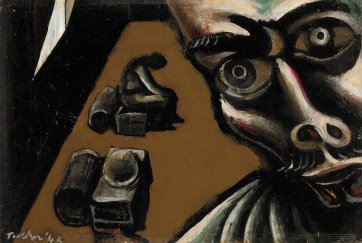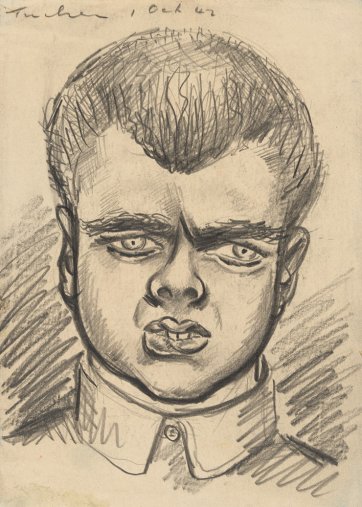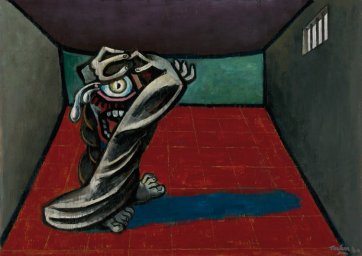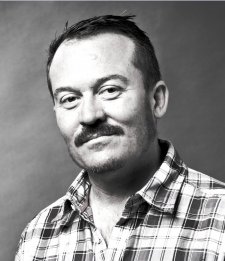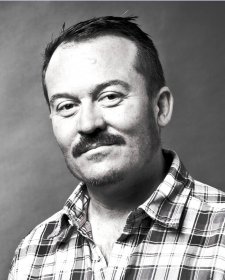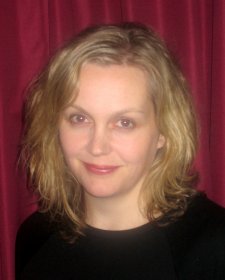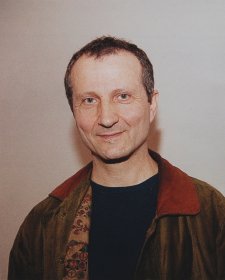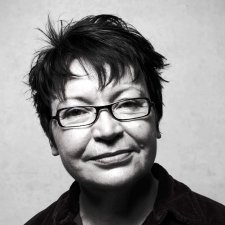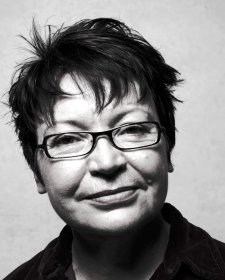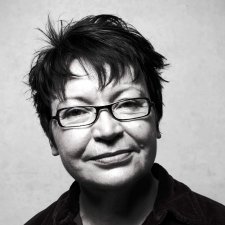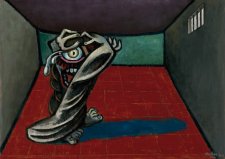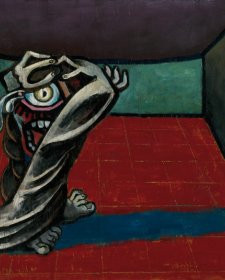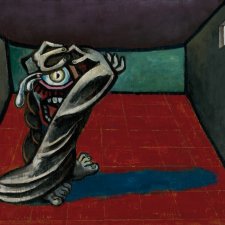Inner Worlds: Portraits & Psychology explores key moments of connection between portraiture and psychology in Australia since the early twentieth century. The exhibition brings together portraits of the pioneers of psychology in Australia from World War I to the 1950s and explores the work of artists whose experiments with portraiture are strongly informed by their interest in psychology, the subconscious mind and intense mental states.
Psychology examines the relationship between behaviour and mental processes. The science of psychology originated in philosophical questions posed by thinkers across cultures, including China, India and Greece. Its philosophical origins continue to inform current research in a broad range of areas, including cognition, mental health, neuroscience and social behaviour.
The exhibition is composed of several parts. It begins with portraits of ten pioneering psychologists including World War I medical practitioner John William Springthorpe who felt that the needs of soldiers were not being adequately addressed and he developed psychotherapeutic methods of treatment for soldiers suffering from psychological trauma. A group of portraits evoke aspects of the lives of psychologists Janet Nield and Clive Nield including two painted by their close friend Danila Vassilieff.
Hungarian-born artist Judy Cassab who emigrated to Australia in 1951 painted several portraits of psychologists in the exhibition including a powerful representation of Hungarian analyst Clara Lazar Geroe. Australia’s first child psychiatrist, Geroe emigrated to Australia in 1940 with the support of several eminent psychologists and was soon working with the newly-established Melbourne Institute for Psychoanalysis.
Inner Worlds brings together portraits and depictions of faces and figures created in the 1940s by Albert Tucker, Sidney Nolan and Joy Hester that reflect psychological trauma, an interest they shared with psychologist Reginald Spencer Ellery. Portraits and imaginary faces created by mental health patients in the 1950s and 1960s, collected by Dr Eric Cunningham Dax, reveal unique experiences of the mind. (These images are legally considered to be medical records and, therefore, the artist-patients’ names are withheld and the works cannot be reproduced but are granted exemption for exhibition within the context of the exhibition.) From the 1980s and 1990s experimental self portraits and figure studies by Dale Frank, Anne Ferran and Mike Parr explore highly intense mental states. The exhibition’s coda is a new portrait of Australian philosopher of consciousness David Chalmers by artist Nick Mourtzakis, commissioned by the National Portrait Gallery.
For the National Portrait Gallery the exhibition is an important opportunity to highlight the achievements of unique individuals and groups through portraiture. In this case they are pioneers of psychology in Australia. The project has produced new and accessible scholarship about their lives and work. It also provides a framework in which to examine the influence of psychology on the work of particular artists who are fascinated by the subconscious mind and extreme mental states. Portraiture offers an ideal vehicle to serve each of these aims.

